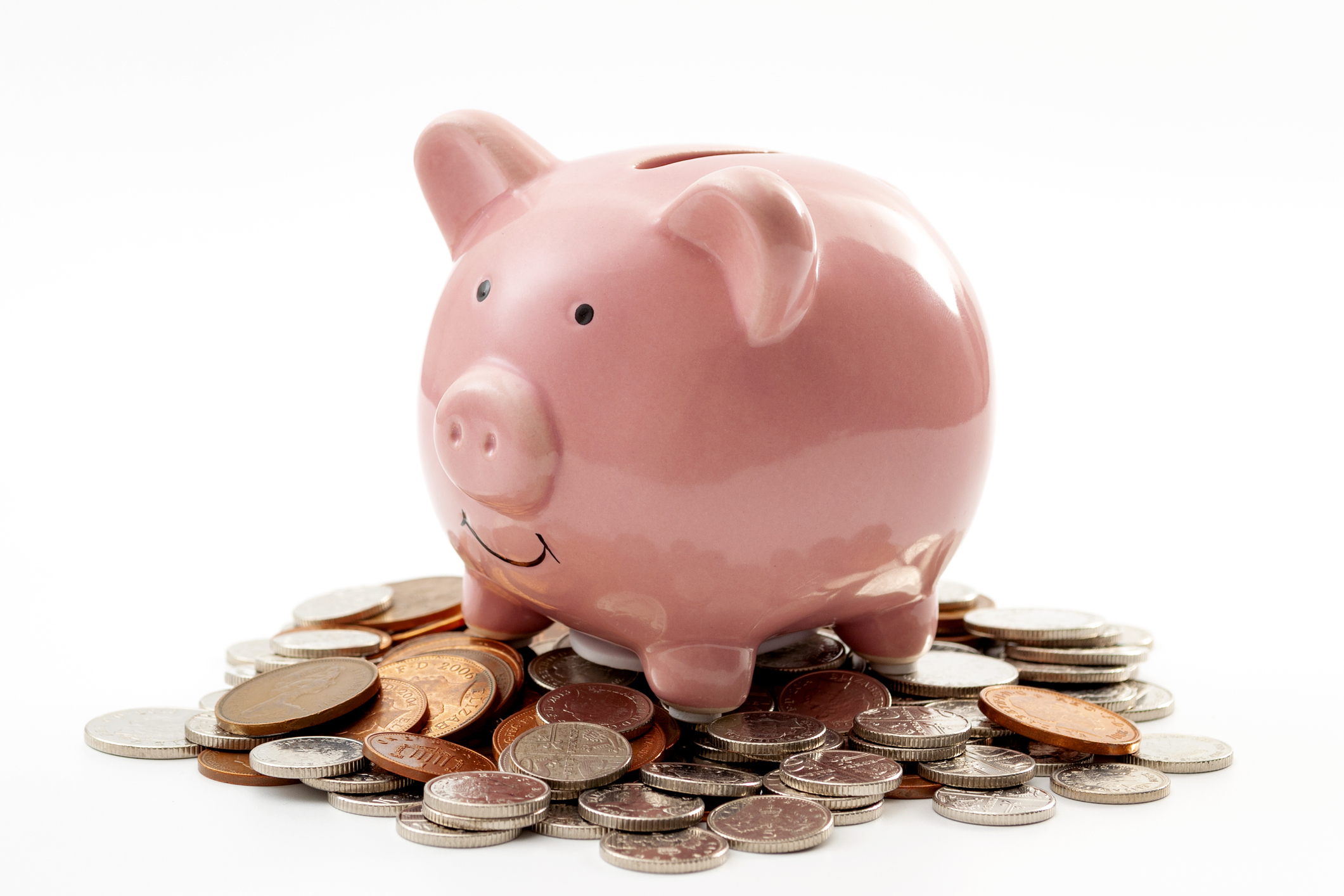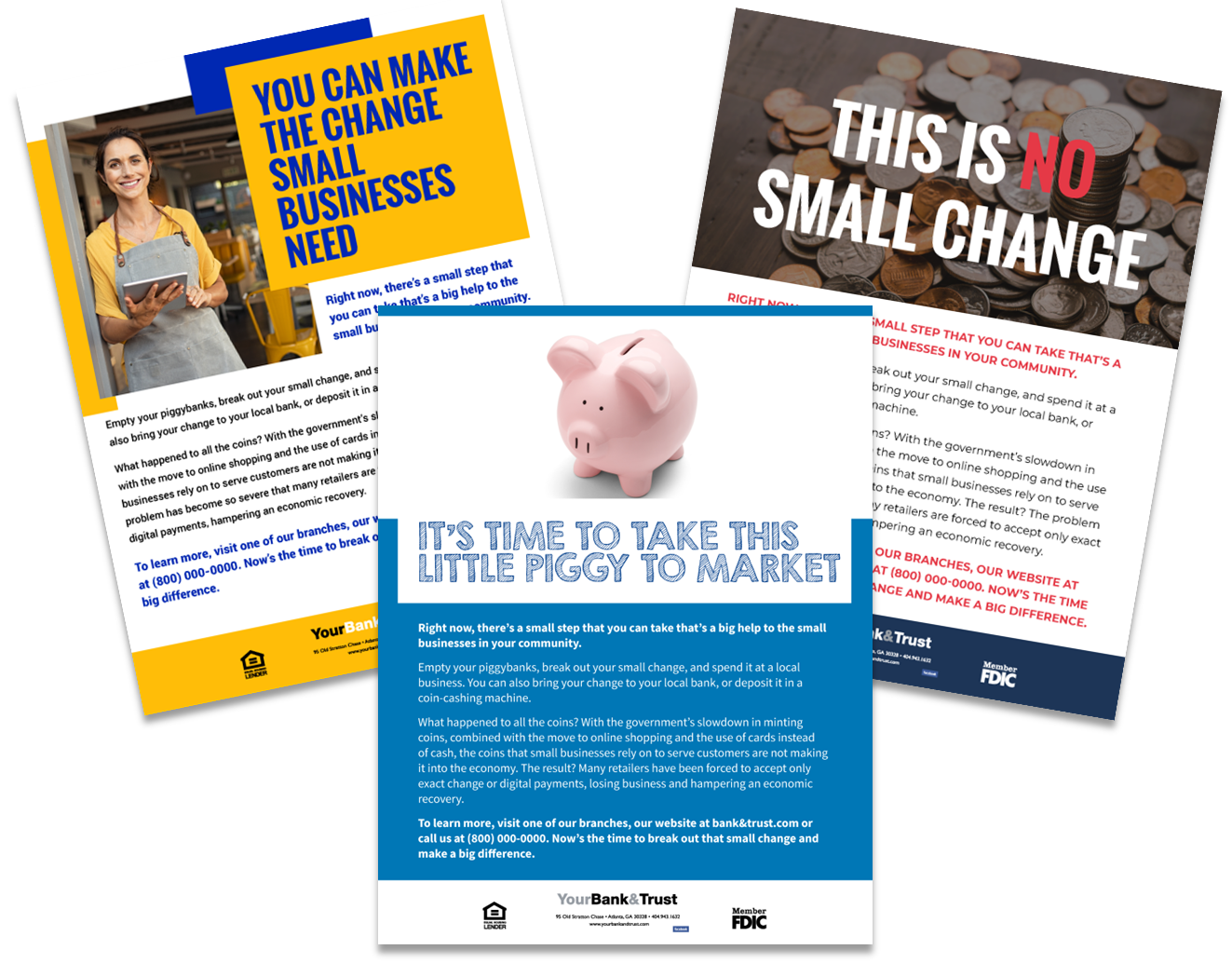
That’s right. There’s not enough small change to go around and that’s a big problem.
Covid-19 has obviously changed people’s spending habits. No one wants to handle money for fear of the virus. As a result, they’re using debit and credit cards rather than cash. And why wouldn’t they? Isn’t money filthy, or at least, isn’t that what we’ve always been told? USA Today cites a study once conducted by Mastercard and the University of Oxford that found that the average banknote was home to 26,000 types of bacteria. Yuck! But spending habits are not the only problem. Add the “disgustingness” of money to small businesses and banks being closed more than open, and we have a situation where the nation’s coins are simply not getting spent.
As the coronavirus continues to stymie an economic recovery, businesses continue to struggle to reopen. The slowdown, coupled with the US Mint decreasing production in response to the pandemic, has diminished the circulation of coins to the point where one, it threatens the survival of the smaller, cash-dependent businesses on which the US economy depends and two, can severely impact individuals who are unbanked or underbanked. According to a 2019 report by the Federal Reserve, approximately 6% of U.S. adults were unbanked while an additional 16% were underbanked, meaning they had an account at a bank but also used alternative services, such as money orders, check cashing services or payday loans.
Federal Reserve Chairman Jerome Powell had this to say: “With the partial closure of the economy, the flow of funds through the economy has stopped. We are working with the Mint and the Reserve Banks and as the economy re-opens, we are starting to see money move around again.” Meanwhile, the Mint is back to full production, minting almost 1.6 billion coins a month since early June. To address the disruption to coin circulation, the Federal Reserve has also created the U.S. Coin Task Force, a group of nearly two dozen industry leaders from institutions and organizations such as the U.S. Mint, Federal Reserve, Armored Carriers, ABA, ICBA, NAFCU, CUNA, Coin Aggregator representatives, and the Retail Trade Industry.
In its first official statement, the task force described the situation this way. “Many have referred to this as a shortage,” says the July 24th statement, “however it is not. There is approximately $48 billion in coin already in circulation, most of which is sitting dormant inside America’s 128 million households.” So, perhaps this isn’t as much a coin shortage as it is a coin “misplacement,” although no matter how you phrase it, the problem still remains.
Now, as businesses begin to reopen, the demand for coins still exceeds the available supply. What can we do? The task force’s July 24th statement had these suggestions, urging the American public to “do the following while it is completing its work:
- Start spending your coins
- Deposit coins at your financial institutions; and
- Redeem coins at coin kiosks
- Use the hashtag #getcoinmoving in your own social media posts to promote awareness and understanding of this issue”
The Mint, meanwhile, is asking people to pay for things with exact change. “We ask that the American public start spending their coins, depositing them or exchanging them for currency at financial institutions or taking them to a coin redemption kiosk,” the Mint said in a statement. “Until coin circulation patterns return to normal, it may be more difficult for retailers and small businesses to accept cash payments.”
For millions of Americans, cash is the only form of payment and cash transactions rely on coins to make change. The coin supply problem can be solved with each of us doing our part.
About Bank Marketing Center
Here at BankMarketingCenter.com, our goal is to help you with that vital, topical, and compelling communication with customers; messaging that will help you build trust, relationships, and with them, your brand. Our coin circulation disruption ads are a good example:

To view our messaging, both print and digital – ranging from product and brand ads to in-branch brochures and signage – visit bankmarketingcenter.com. Or, you can contact me directly by phone at 678-528-6688 or email at nreynolds@bankmarketingcenter.com. As always, I would love to hear your thoughts on this subject.